Key Takeaway: Self-employed Individuals who file an IRS form 1040 Schedule C with or without employees can still apply for a forgivable loan accounting for their income.
Under the CARES Act, the Paycheck Protection Program (PPP) rolled out on April 3, 2020. PPP offered employers of small businesses an opportunity to get a loan during this COVID-19 crisis and have that loan forgiven if the funds were spent to protect employee paychecks. While the program guidelines were (somewhat) clear for employers with 500 or less employees, the regulations for sole proprietors and independent contractors were anything but.
As of April 14, 2020, the Small Business Administration has issued a new Interim Final Rule for the eligibility of PPP and loan forgiveness for sole proprietors and independent contractors who file an IRS form 1040 Schedule C. The rule specifically addresses the calculation of loan eligibility and loan forgiveness for these sole proprietors and independent contractors.
Self-employed individuals without employees who file an IRS form 1040 Schedule C can calculate their PPP loan amount as follows:
- Take the annual net profit amount on the Schedule C for 2019 (even if not yet filed);
- Cap that amount at $100,000.00;
- Calculate the monthly average of that net profit amount; and
- Multiply that average monthly net profit by 2.5; then
- Add any outstanding EIDL amounts incurred between January 1 through April 3, 2020 for a total PPP loan amount.
Upon funding, the self-employed individual must spend the loan amount within eight weeks. When it comes time for loan forgiveness, the amounts of money spent on the following are factored into the forgiveness:
- Replacement of lost income for the self-employed or independent contractor;
- Mortgage interest;
- Rent; and
- Utilities.
Self-employed individuals with employees will use similar calculations with the addition of the other payroll costs.
At SNW.LAW, attorneys have stayed completely on top of the CARES Act and its daily changes, updates, and new regulations. We’re here to help you analyze your situation and help you navigate the CARES Act as it applies to you during this time of crisis.
If you’re self-employed, a sole proprietor, or an independent contractor, please contact Keith J. Naccari or Abid Hussain at SNW.LAW.
SCHEDULE A CONSULTATION
Contact Us
We will get back to you as soon as possible.
Please try again later.
All Rights Reserved | Sternberg, Naccari & White, LLC
Powered by Last Word Strategies



